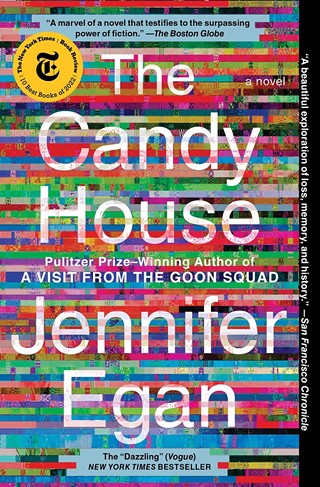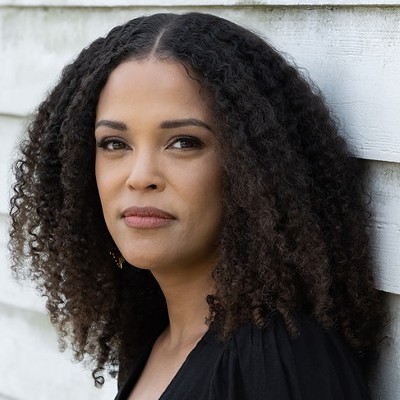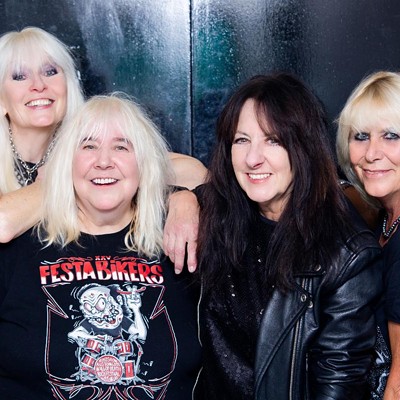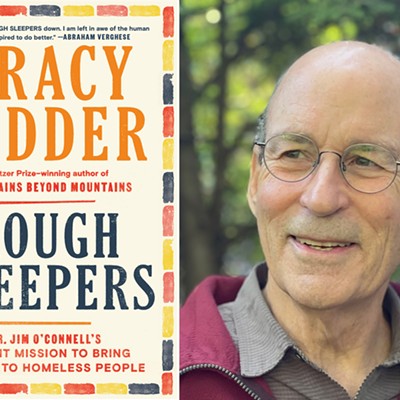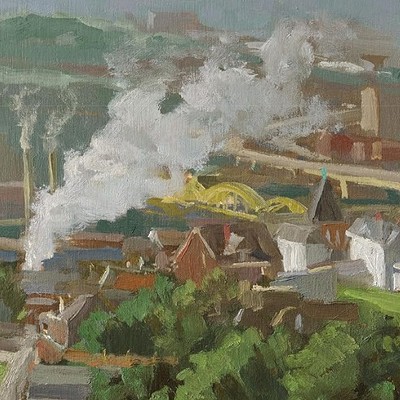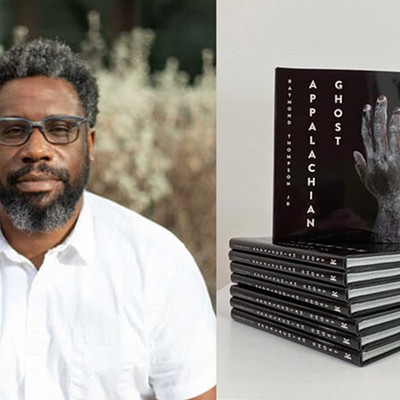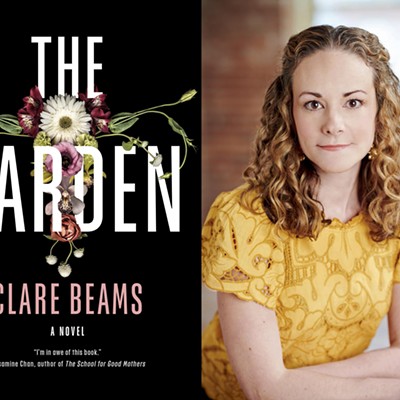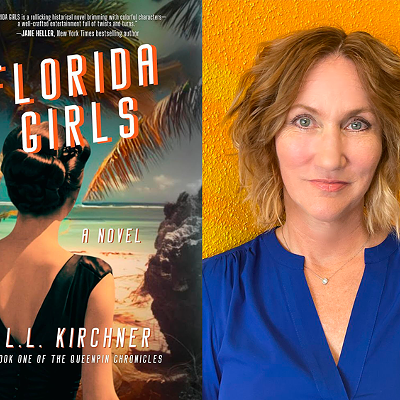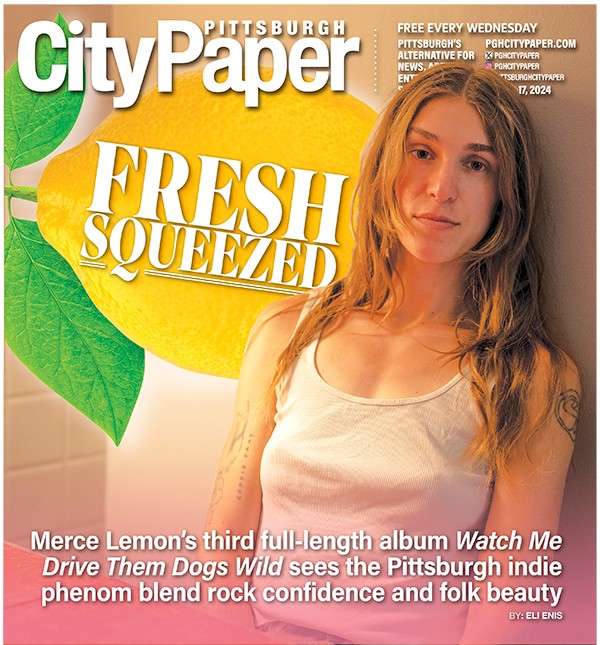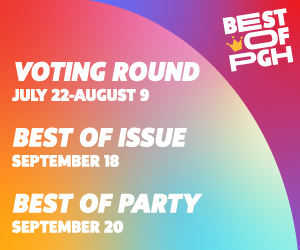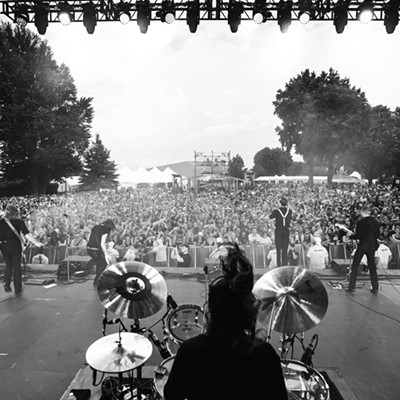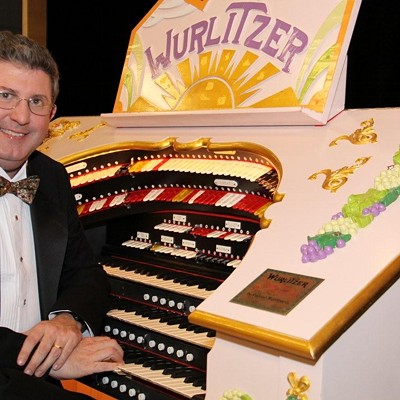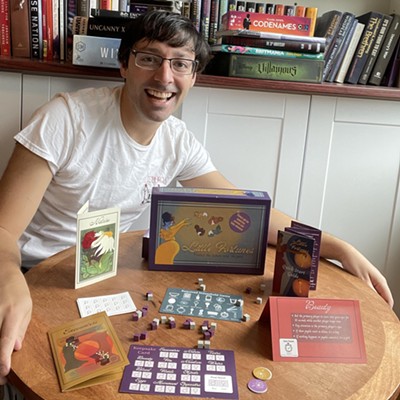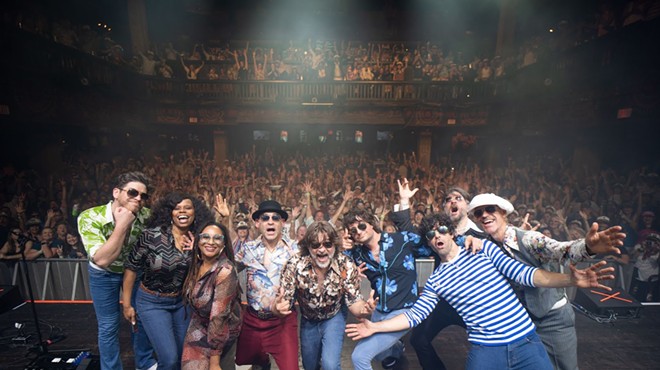Don't expect Jennifer Egan to upload her memories into the cloud anytime soon
[
{
"name": "Local Action Unit",
"component": "24929589",
"insertPoint": "3",
"requiredCountToDisplay": "1"
}
]
The Candy House (Simon & Schuster), the most recent book from Jennifer Egan, features many characters from the author's 2011 Pulitzer Prize-winning novel A Visit from the Goon Squad. Since the novels came out 12 years apart, it’s easy to assume Egan wanted to revisit characters from her most lauded novel after working on other books.
That’s not quite true.
“I would actually say it wasn’t that they came back, they really never left,” says Egan during an interview with Pittsburgh City Paper. She adds that, by the time she won the Pulitzer, she had already expanded on another Goon Squad character with “Lulu the Spy, 2032,” a chapter in The Candy House that originally ran as a stand-alone short story in The New Yorker in 2012.
"In these ensemble books where there’s so much inter-connection, literally by definition, there are tons of loose ends. I can’t tell everyone’s story completely or I would never finish. I would go on and on and on," Egan explains. “So, I had curiosity, and knowledge about some characters, that I felt was unfinished.”
Egan will appear on Mon., Feb. 12 at Carnegie Music Hall in Oakland as a guest of the Pittsburgh Arts & Lectures Ten Evenings series.
Egan is one of the most accomplished fiction writers working today, versatile enough to take on the World War II era in Manhattan Beach or write a quasi-Gothic story set against the backdrop of an Eastern European castle (The Keep).
But Goon Squad and The Candy House are her most masterful works, with the lives of her characters inexorably intertwined. The Candy House follows Bix Bouton, a young man who briefly appeared in Goon Squad. He emerges as the inventor of Own Your Unconscious, a technology that allows users to share memories with others by adding them to the cloud. From that single thread, Egan creates a panoply of stories that take place between the 1960s and 2020s, all at least tangentially connected to how memory informs and works.
Egan says ensemble stories "that work more kaleidoscopically become a great way to write about contemporary life.”
“There is a kind of interconnectedness of modern life that I think we feel very conscious of, partly because of technology, she says. "Everyone is findable. You can find out what your high school sweetheart looks like now, probably on Facebook. I think we’re more aware than ever of how connected we are, maybe more aware since we lived in small towns and everyone knew everyone’s business."
When asked if she would upload her memories into Own Your Unconscious, Egan answers, “Oh my God, no way.” She admits that if a reader looks at the technology too closely it starts to disintegrate, that the concept was more of a thought experiment than a possibility.
Her idea was to explore “what it means to `view’ someone else’s memories."
“Consciousness is more than just what we see. It’s everything that we think. It’s the song in our head, it’s the thing we’re worried about, it’s the fact that we’re hungry, and I’m sort of positing that people could put on a headset and experience all that," she says. "But that’s, of course, kind of silly. It doesn’t make sense."
Egan explains that, as a fiction writer, she's "very curious about how other people think," and enjoys the ability to "partake of the collective consciousness."
“But would I want to pay the price in making my own consciousness available? No way," she concludes.
Pittsburgh Arts & Lectures presents Jennifer Egan. 7:30 p.m. Mon., Feb. 12. Carnegie Music Hall. 4400 Forbes Ave., Oakland. $10 student tickets available. pittsburghlectures.org
That’s not quite true.
“I would actually say it wasn’t that they came back, they really never left,” says Egan during an interview with Pittsburgh City Paper. She adds that, by the time she won the Pulitzer, she had already expanded on another Goon Squad character with “Lulu the Spy, 2032,” a chapter in The Candy House that originally ran as a stand-alone short story in The New Yorker in 2012.
"In these ensemble books where there’s so much inter-connection, literally by definition, there are tons of loose ends. I can’t tell everyone’s story completely or I would never finish. I would go on and on and on," Egan explains. “So, I had curiosity, and knowledge about some characters, that I felt was unfinished.”
Egan will appear on Mon., Feb. 12 at Carnegie Music Hall in Oakland as a guest of the Pittsburgh Arts & Lectures Ten Evenings series.
Egan is one of the most accomplished fiction writers working today, versatile enough to take on the World War II era in Manhattan Beach or write a quasi-Gothic story set against the backdrop of an Eastern European castle (The Keep).
But Goon Squad and The Candy House are her most masterful works, with the lives of her characters inexorably intertwined. The Candy House follows Bix Bouton, a young man who briefly appeared in Goon Squad. He emerges as the inventor of Own Your Unconscious, a technology that allows users to share memories with others by adding them to the cloud. From that single thread, Egan creates a panoply of stories that take place between the 1960s and 2020s, all at least tangentially connected to how memory informs and works.
Egan says ensemble stories "that work more kaleidoscopically become a great way to write about contemporary life.”
“There is a kind of interconnectedness of modern life that I think we feel very conscious of, partly because of technology, she says. "Everyone is findable. You can find out what your high school sweetheart looks like now, probably on Facebook. I think we’re more aware than ever of how connected we are, maybe more aware since we lived in small towns and everyone knew everyone’s business."
When asked if she would upload her memories into Own Your Unconscious, Egan answers, “Oh my God, no way.” She admits that if a reader looks at the technology too closely it starts to disintegrate, that the concept was more of a thought experiment than a possibility.
Her idea was to explore “what it means to `view’ someone else’s memories."
“Consciousness is more than just what we see. It’s everything that we think. It’s the song in our head, it’s the thing we’re worried about, it’s the fact that we’re hungry, and I’m sort of positing that people could put on a headset and experience all that," she says. "But that’s, of course, kind of silly. It doesn’t make sense."
Egan explains that, as a fiction writer, she's "very curious about how other people think," and enjoys the ability to "partake of the collective consciousness."
“But would I want to pay the price in making my own consciousness available? No way," she concludes.
Pittsburgh Arts & Lectures presents Jennifer Egan. 7:30 p.m. Mon., Feb. 12. Carnegie Music Hall. 4400 Forbes Ave., Oakland. $10 student tickets available. pittsburghlectures.org


